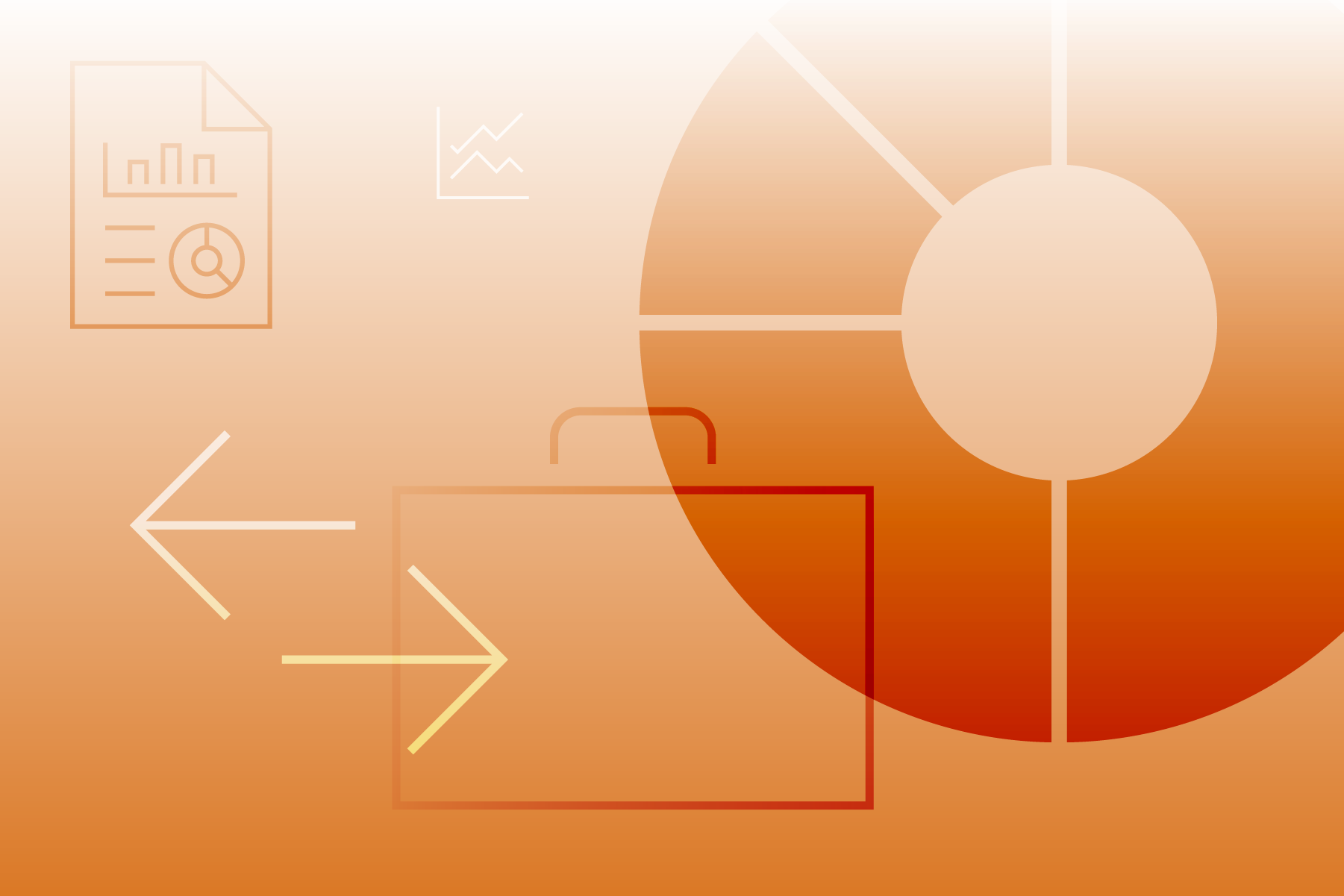What Is an ETF? Morningstar’s ETF Guide
Learn more about exchange-traded funds, how to invest in them, and which types of ETFs may be best for you.

What Is an ETF?
ETFs, or exchange-traded funds, are funds that trade on exchanges. Like traditional mutual funds, ETFs invest in a basket of stocks, bonds, or some combination of the two. But unlike traditional mutual funds, shares of ETFs trade on a stock exchange, such as the New York Stock Exchange.
Why ETFs Are Popular
The first exchange-traded fund, SPDR S&P 500 SPY, made its debut in 1993. By the end of 2021, more than $7 trillion in assets rested in ETFs.
ETFs have grown in popularity for a handful of reasons:
1) ETFs are easy to buy and sell—and given the fee wars in the industry, ETFs have become virtually free to buy and sell.
2) ETFs have a reputation for being tax-efficient (somewhat true).
3) ETFs are also known for being low cost (not always true).
4) Because many of the most popular ETFs track widely followed and transparent indexes, there’s no mystery behind their performance: It’s usually the performance of the index minus fees.
5) Passive ETFs have no key-person risk: If the manager leaves, another can step in without much ado.
Tax Advantages of ETFs
ETFs, in general, tend to be more tax-efficient than mutual funds, for a couple of reasons:
1) ETFs distribute fewer and smaller capital gains distributions because so many pursue lower-turnover, passive strategies.
2) ETFs are structured differently than traditional mutual funds—and the ETF structure is more tax-efficient.
In a nutshell, ETFs are brought into and removed from the market using an in-kind creation-and-redemption mechanism; traditional mutual funds, meanwhile, have an ordinary creation-and-redemption process. Mutual fund managers will often need to sell securities when fundholders want to redeem their shares, which can trigger capital gains, which are then passed on to fundholders. ETF managers can avoid realizing capital gains because they have the ability to send out securities “in kind” rather than realize gains.
Read more about ETF tax advantages.
That being said, some types of ETFs are more tax-friendly than others. For example, the ETF structure doesn’t provide the same tax advantage for bonds as it does for stocks. Find out more about which types of ETFs are most tax-efficient.
Passive ETFs and Active ETFs
Many ETFs pursue what are called passive strategies, which means that they track an index that’s either well-known (such as the S&P 500) or customized in an effort to replicate the performance of that index; passive investing is also referred to as indexing, and ETFs practicing passive strategies are typically called index ETFs. Here you’ll find a list of all index ETFs. Index ETFs can be especially good choices for hands-off investors and retirees looking for low-maintenance and low-cost investments.
A growing number of ETFs, known as active ETFs, practice active strategies, which means their managers actively choose particular stocks or bonds in an effort to beat (not simply replicate) the performance of their respective indexes or benchmarks. Here you’ll find a list of all actively managed ETFs and read more about the benefits and drawbacks of active ETFs.
There’s a third type of ETF known as strategic-beta ETFs—they’re also often referred to as smart-beta ETFs. Some say that strategic-beta funds are a type of active ETF; others say strategic-beta ETFs are part passive, part active. No matter what you call them, strategic-beta ETFs are linked to indexes that make active bets or tilts of some kind (say, screening on a factor like momentum or dividends), and the execution against that index is then passive. Read more about the current climate for these ETFs in ”Have Strategic ETFs Lost Their Sizzle?”
Types of ETFs
There are many different types of ETFs—both active and passive—that invest in a variety of asset classes and subasset classes. These include:
- Stock ETFs: Stock ETFs invest in stocks from U.S. companies, from international companies, or from some combination of the two. Some pursue passive strategies while others are active stock ETFs. Find some of Morningstar’s highest-rated stock ETFs in ”The Best Equity ETFs.”
- Thematic ETFs: Thematic ETFs focus on a particular sector or theme, such as ESG investing or cryptocurrency. Investors often use these ETFs as a way to tap into a particular theme without having to buy multiple individual stocks to do so.
- Bond ETFs: Bond ETFs can invest in fixed-income securities issued by governments, municipalities, or corporations. Some favor higher-quality bonds while others may include lower-rate bonds. Some ETFs invest in shorter-term bonds while others invest in longer-term bonds. And, of course, some bond ETFs practice passive strategies while others qualify as active bond ETFs. Find some of Morningstar’s highest-rated bond ETFs in ”The Best Bond ETFs.”
More ETF Picks and Insights
These stock and bond exchange-traded funds are low-cost building blocks for any portfolio.
These low-cost ETFs provide investors with broad exposure to the fixed-income market.
″3 Great ETFs for Rocky Markets”
These exchange-traded funds could provide a smoother ride and provide a little peace of mind.
″3 Excellent Dividend-Stock ETFs”
These exchange-traded funds all provide low-cost exposure to dividend-paying stocks.
“3 Great ETFs to Play a Supporting Role in Your Portfolio”
These stock exchange-traded funds are well-suited to complement your core holdings.
Here’s some top stock and bond ETF picks for particular investment tastes.
These highly rated exchange-traded funds combine factor investing with diversification.
Income-producing ETFs are great choices for tax-deferred accounts.
It’s always a good time to brush up on best practices.
”Are Dividend ETFs Still Worth a Look?”
Maybe. Managing risk is the name of the game.
The author or authors do not own shares in any securities mentioned in this article. Find out about Morningstar’s editorial policies.

/s3.amazonaws.com/arc-authors/morningstar/35408bfa-dc38-4ae5-81e8-b11e52d70005.jpg)
/d10o6nnig0wrdw.cloudfront.net/09-25-2023/t_f3a19a3382db4855b642d8e3207aba10_name_file_960x540_1600_v4_.jpg)
/d10o6nnig0wrdw.cloudfront.net/04-09-2024/t_e87d9a06e6904d6f97765a0784117913_name_file_960x540_1600_v4_.jpg)
/cloudfront-us-east-1.images.arcpublishing.com/morningstar/T2LGZCEHBZBJJPPKHO7Y4EEKSM.png)
:quality(80)/s3.amazonaws.com/arc-authors/morningstar/35408bfa-dc38-4ae5-81e8-b11e52d70005.jpg)